
Mildred Augustine Wirt Benson was an American journalist and writer of children's books. She wrote some of the earliest Nancy Drew mysteries and created the detective's adventurous personality. Benson wrote under the Stratemeyer Syndicate pen name, Carolyn Keene, from 1929 to 1947 and contributed to 23 of the first 30 Nancy Drew mysteries, which were bestsellers.
Carolyn Keene is the pseudonym of the authors of the Nancy Drew mystery stories and The Dana Girls mystery stories, both produced by the Stratemeyer Syndicate. In addition, the Keene pen name is credited with the Nancy Drew spin-off, River Heights, and the Nancy Drew Notebooks.
The Stratemeyer Syndicate was a publishing company that produced a number of mystery book series for children, including Nancy Drew, The Hardy Boys, the various Tom Swift series, the Bobbsey Twins, the Rover Boys, and others. They published and contracted the many pseudonymous authors doing the writing of the series from 1899 through 1987, when the syndicate partners sold the company to Simon & Schuster.
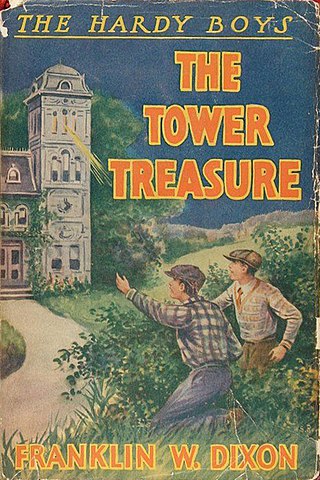
The Hardy Boys, brothers Frank and Joe Hardy, are fictional characters who appear in several mystery series for children and teens. The series revolves around teenagers who are amateur sleuths, solving cases that stumped their adult counterparts. The characters were created by American writer Edward Stratemeyer, the founder of book-packaging firm Stratemeyer Syndicate. The books themselves were written by several ghostwriters, most notably Leslie McFarlane, under the collective pseudonym Franklin W. Dixon.

Franklin W. Dixon is the pen name used by a variety of different authors who were part of a team that wrote The Hardy Boys novels for the Stratemeyer Syndicate. Dixon was also the writer attributed for the Ted Scott Flying Stories series, published by Grosset & Dunlap.

Howard Roger Garis was an American author, best known for a series of books that featured the character of Uncle Wiggily Longears, an engaging elderly rabbit. Many of his books were illustrated by Lansing Campbell. Garis and his wife, Lilian Garis, were possibly the most prolific children's authors of the early 20th century.
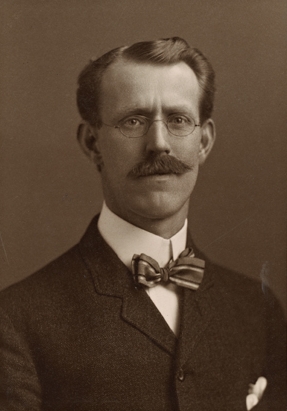
Edward L. Stratemeyer was an American publisher, writer of children's fiction, and founder of the Stratemeyer Syndicate. He was one of the most prolific writers in the world, producing in excess of 1,300 books himself, selling in excess of 500 million copies. He also created many well-known fictional book series for juveniles, including The Rover Boys, The Bobbsey Twins, Tom Swift, The Hardy Boys, and Nancy Drew series, many of which sold millions of copies and remain in publication. On Stratemeyer's legacy, Fortune wrote: "As oil had its Rockefeller, literature had its Stratemeyer."
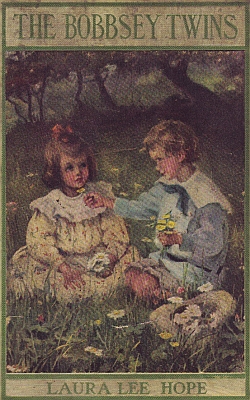
The Bobbsey Twins are the principal characters of what was, for 75 years, the Stratemeyer Syndicate's longest-running series of American children's novels, written under the pseudonym Laura Lee Hope. The first of 72 books was published in 1904, the last in 1979, with a separate series of 30 books published from 1987 through 1992. The books related the adventures of the children of the upper-middle-class Bobbsey family, which included two sets of fraternal twins: Nan and Bert, who were twelve years old, and Flossie and Freddie, who were six.
Charles Leslie McFarlane was a Canadian journalist, novelist, screenwriter, and filmmaker, who is most famous for ghostwriting many of the early books in the very successful Hardy Boys series, using the pseudonym Franklin W. Dixon.
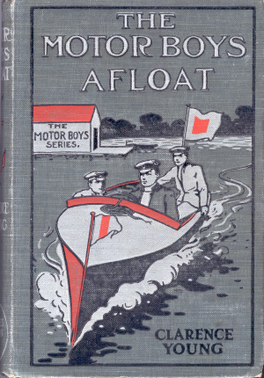
The Motor Boys were the heroes of a popular series of adventure books for boys at the turn of the 20th century issued by the Stratemeyer Syndicate under the pseudonym of Clarence Young. This series was published by Cupples & Leon and was issued with dustjackets and glossy frontispiece. Howard Garis wrote many, if not all, of these stories.

The Judy Bolton Mystery Series, written by Margaret Sutton, follows a realistic young woman who solves mysteries. Although the series was not quite as popular as Nancy Drew, Judy Bolton has been called a more complex and believable role model for girls. Judy was also unique in that halfway through the series, she married The 38-volume series was written from 1932 and 1967 and is the longest-lasting juvenile mystery series written by an individual author.

The Ted Scott Flying Stories was a series of juvenile aviation adventures created by the Stratemeyer Syndicate using the pseudonym of Franklin W. Dixon and published almost exclusively by Grosset & Dunlap. The novels were produced between 1927 and 1943. The principal author was John W. Duffield, who also contributed to the Don Sturdy and Bomba the Jungle Boy series. As "Richard H. Stone" he also launched a second Stratemeyer aviation series, the Slim Tyler Air stories (1930–1932). Duffield was a conscientious student of aeronautical technology, and long passages in the Ted Scott books can be traced to such sources as Aviation, the New York Times,Aero Digest, and Science.

Don Sturdy is a fictional character in the Don Sturdy series of 15 American children's adventure novels published between 1925 and 1935 by Grosset & Dunlap. The books were written by Victor Appleton, a house name used by the Stratemeyer Syndicate. They were illustrated by Walter S. Rogers. The actual writer for all but one of the books was John W. Duffield. The remaining book, Don Sturdy In The Land Of Giants, or, Captives Of the Savage Patagonians (1930), was written by Howard Roger Garis.
The Betty Gordon books were an early Stratemeyer Syndicate series, published under the pseudonym Alice B. Emerson.
The Honey Bunch series of books were part of the Stratemeyer Syndicate's production of 20th century children's books featuring adventurous youngsters, which included the series Nancy Drew, the Hardy Boys and the Bobbsey Twins. This series was written under the pseudonym Helen Louise Thorndyke, and published for most of its duration by Grosset & Dunlap. The series began in 1923 and chronicled a young girl named Honey Bunch on her various trips and adventures. Along with Laura Lee Hope's series Bunny Brown and His Sister Sue, it was one of their most famous series for younger children.

A. L. Burt was a New York City-based book publishing house from 1883 until 1937. It was founded by Albert Levi Burt, a 40-year-old from Massachusetts who had come to recognize the demand for inexpensive reference works while working as a traveling salesman. The company began by reprinting home reference works and reprints of popular and classic fiction, before expanding into the field of children's works, particularly series books.
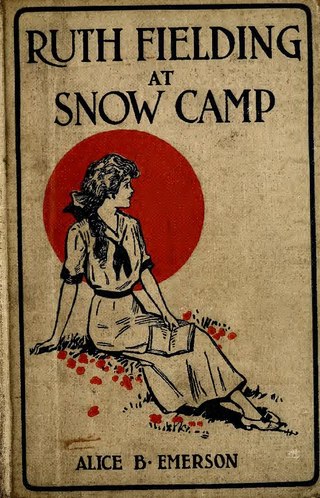
The Ruth Fielding books were an early Stratemeyer Syndicate series, published between 1913 and 1934 under the pseudonym Alice B. Emerson. Ruth Fielding begins the series as an orphan who comes to live with her miserly uncle and, in later titles, goes from boarding school to college and on into adulthood. Unusually for a main character in a Stratemeyer Syndicate series, Ruth Fielding marries.
James Duncan Lawrence, best known as Jim Lawrence, was an American author best known for authoring most of the Tom Swift Jr. series of books and Friday Foster comic strip.










